Our familiar autumn rhythms will change this year, and much for the better. The Georgia game moves to the second Saturday of November, adding some much-needed balance to Tennessee’s schedule. The Vols’ three most obvious tests since divisional play began now have a month of their own: Florida in September, Alabama in October, Georgia in November. It’s insane to think back to Tennessee’s original SEC East schedule, which saw the Vols open league play with Georgia and Florida back-to-back from 1992-95. Since 1996 the Dawgs have resided around the first or second Saturday of October, often followed by a bye. But in Tennessee’s lengthy journey through the wilderness, any hopes of sneaking into Atlanta’s promised land have been dashed by the season’s halfway point. Only in 2016 have the Vols carried those hopes to November.
No one here is picking Tennessee to win the SEC East. But you might find a lot of us picking Tennessee to be in the conversation in November.
Beyond that break, which will be good for everyone’s mental health, Tennessee gets Alabama right where they want them: the Vols get a bye the week before, while Bama doesn’t get their bye until the week after. The last time that scenario happened: 2015, when Tennessee almost won in Tuscaloosa.
The trade-off, however, is Tennessee’s next two opponents will also be coming off their bye.
So when we look at the rhythm of Tennessee’s 2020 schedule, where are the breaks, and where might things go wrong? If we’re looking for the kind of year we’d all celebrate – 9-3 would be the best regular season since 2007, a 10-3 finish the first time Tennessee didn’t lose four games in a season since 2004 – how are the Vols most likely to get there? In the rhythm of the schedule, which of the big four are they most likely to win, and where are they most likely to get tripped up?
Charlotte – September 5
The 49ers do get Norfolk State the following Saturday, as opposed to Tennessee’s trip to Norman. But memories of Georgia State should alleviate any look-ahead. Advantage: Push
at Oklahoma – September 12
Oklahoma opens with Missouri State, who is coached by…Bobby Petrino! They also have their bye in week three after facing the Vols, which seems strange. Advantage: Push
Furman – September 19
The Paladins head to Knoxville to get that money between Charleston Southern and Western Carolina. This week would be trap game city if the Vols were facing an FBS foe; Furman did make the FCS playoffs last year, but lost in the first round to Austin Peay 42-6. This is too many words on Furman, even for a team that lost to Georgia State last year. Advantage: Push
Florida – September 26
In a few years, Florida’s Septembers will start to look a bit different: they’ve got Utah in the Urban Meyer Bowl in 2022-23, then the series with Miami is renewed the next two years. But for now, it’s the usual: FCS opponent, Kentucky, mid-major, Vols. In this case Florida gets South Alabama the week before Knoxville. Advantage: Push
Missouri – October 3
No one knows exactly what the first year will look like for new coaches in the time of corona, but if Tennessee beats Oklahoma or Florida, the Vols will represent the first opportunity for Eli Drinkwitz to make a statement. Mizzou plays Vanderbilt and South Carolina in weeks two and three, but then gets Eastern Michigan in week four. No matter what Tennessee does against Florida the week before, we’ll be all up in our feelings. The first potential trap game for Tennessee. Advantage: Missouri
at South Carolina – October 10
It’s what you want the week before the bye: playing another team that’s also on its sixth-straight game. South Carolina is in Gainesville the week before. I don’t think Will Muschamp will be in serious jeopardy in week six, but that probably depends on what happens in weeks one through five. Advantage: Push
Alabama – October 24
The Vols get the Tide right where they want them: Tennessee is coming off a bye, Alabama will be playing its eighth straight game before going into one. It’s not murderer’s row for Alabama heading into Knoxville – at Ole Miss, at Arkansas, vs Mississippi State – but with all their heavy lifting in front of them in November, the Vols could spring the trap. Advantage: Tennessee
at Arkansas – October 31
The Hogs are coming off their bye, and Tennessee will have another feeling our feelings moment coming off Alabama. I didn’t include this in my trap game poll on Twitter because I don’t think Arkansas is good enough to qualify, but the placement of this game certainly benefits the home team. Advantage: Arkansas
Kentucky – November 7
Here’s the real trap; the poll I took on Twitter agrees, with UK getting 57% of the vote. Kentucky is also coming off its bye, and the Vols are headed to Athens the following week. If Tennessee beats Florida and doesn’t stub its toe, the Vols will go to Georgia in control of their own destiny for Atlanta, even if they lose to Oklahoma and Alabama. Kentucky hasn’t won in Knoxville since 1984…which maybe makes the trap even more enticing. Do not look ahead. Advantage: Kentucky
at Georgia – November 14
The Bulldogs are in Jacksonville and at South Carolina the two weeks leading into this one. I’m leaving this a push for now, but that largely depends on what South Carolina and Kentucky are like by the first of November. Advantage: Push
Troy – November 21
If Troy is frisky, this could be trap material if the Vols are coming off heartbreak or disaster in Athens. But Troy also gets Appalachian State the following week, which should be the far more meaningful game to their own narrative. Advantage: Push
at Vanderbilt – November 28
An even finish, as Vandy gets Louisiana Tech the week before. Advantage: Push
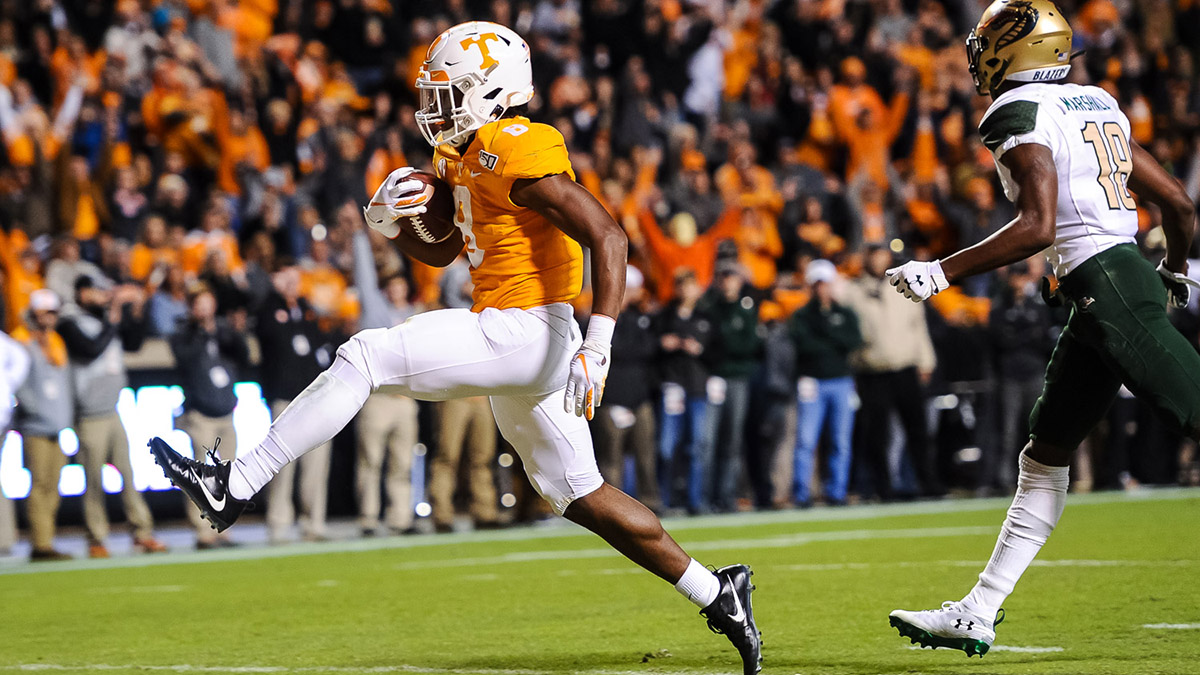
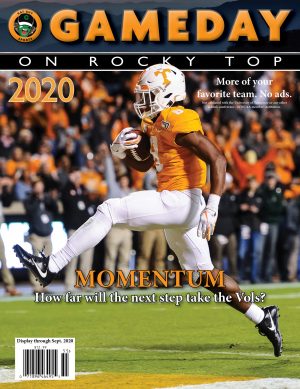
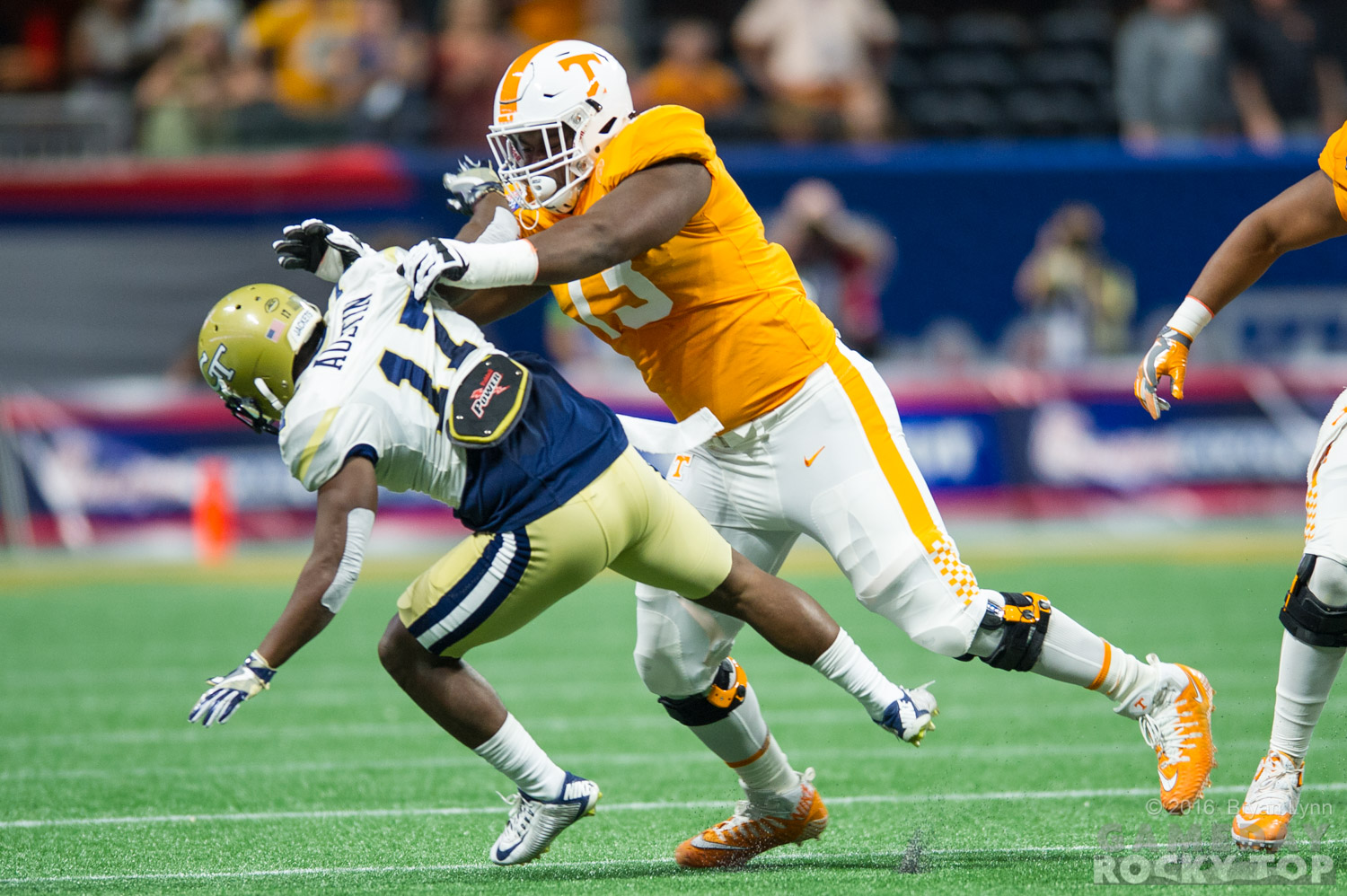
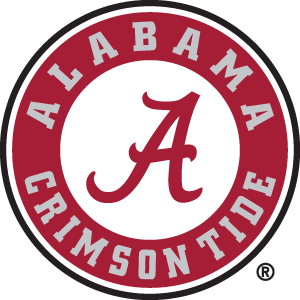
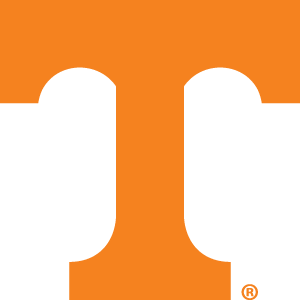
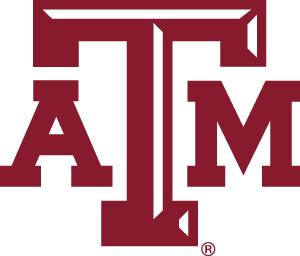
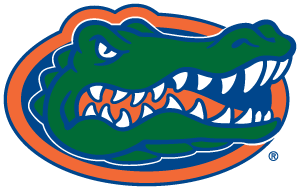
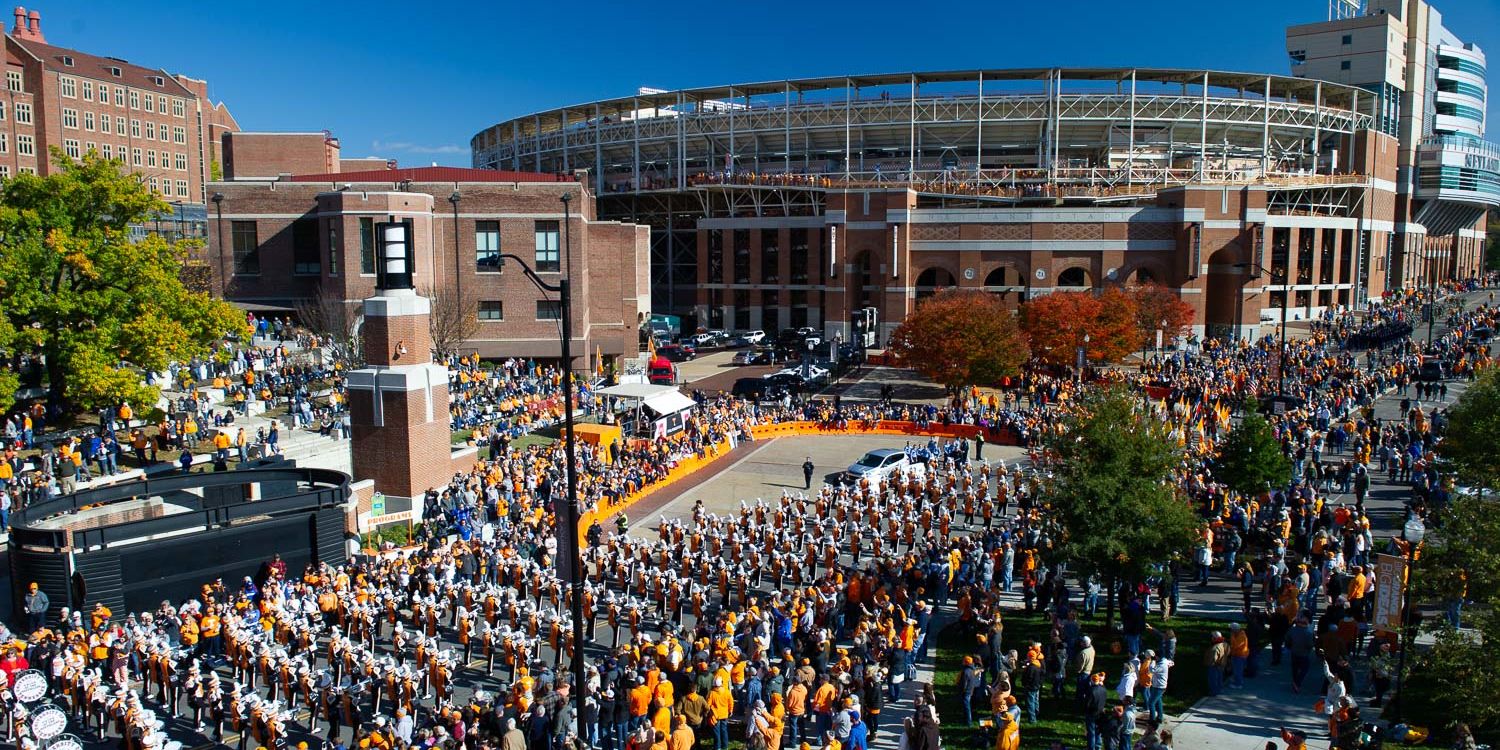
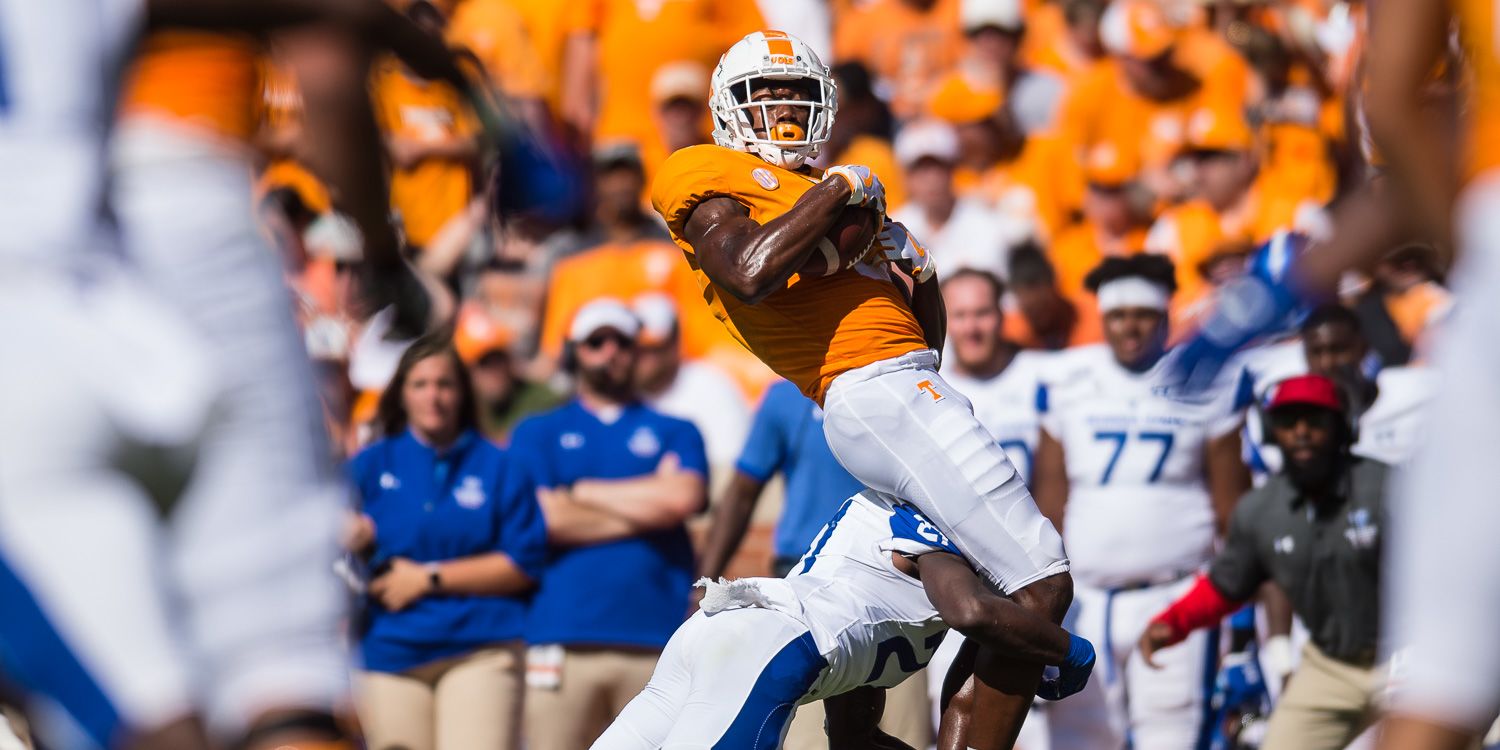
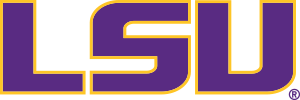



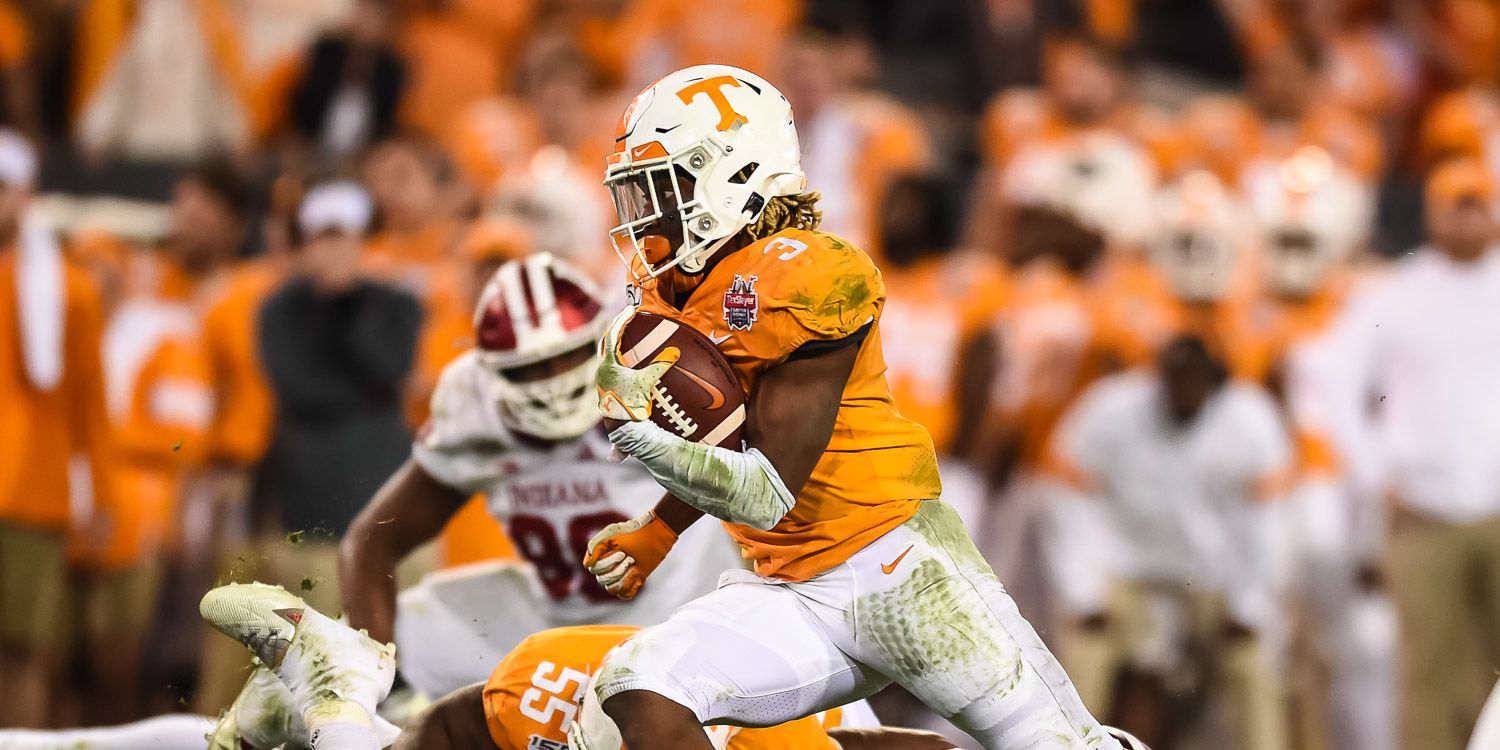
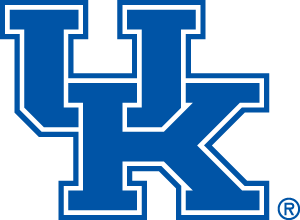
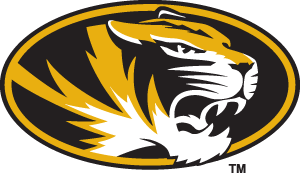
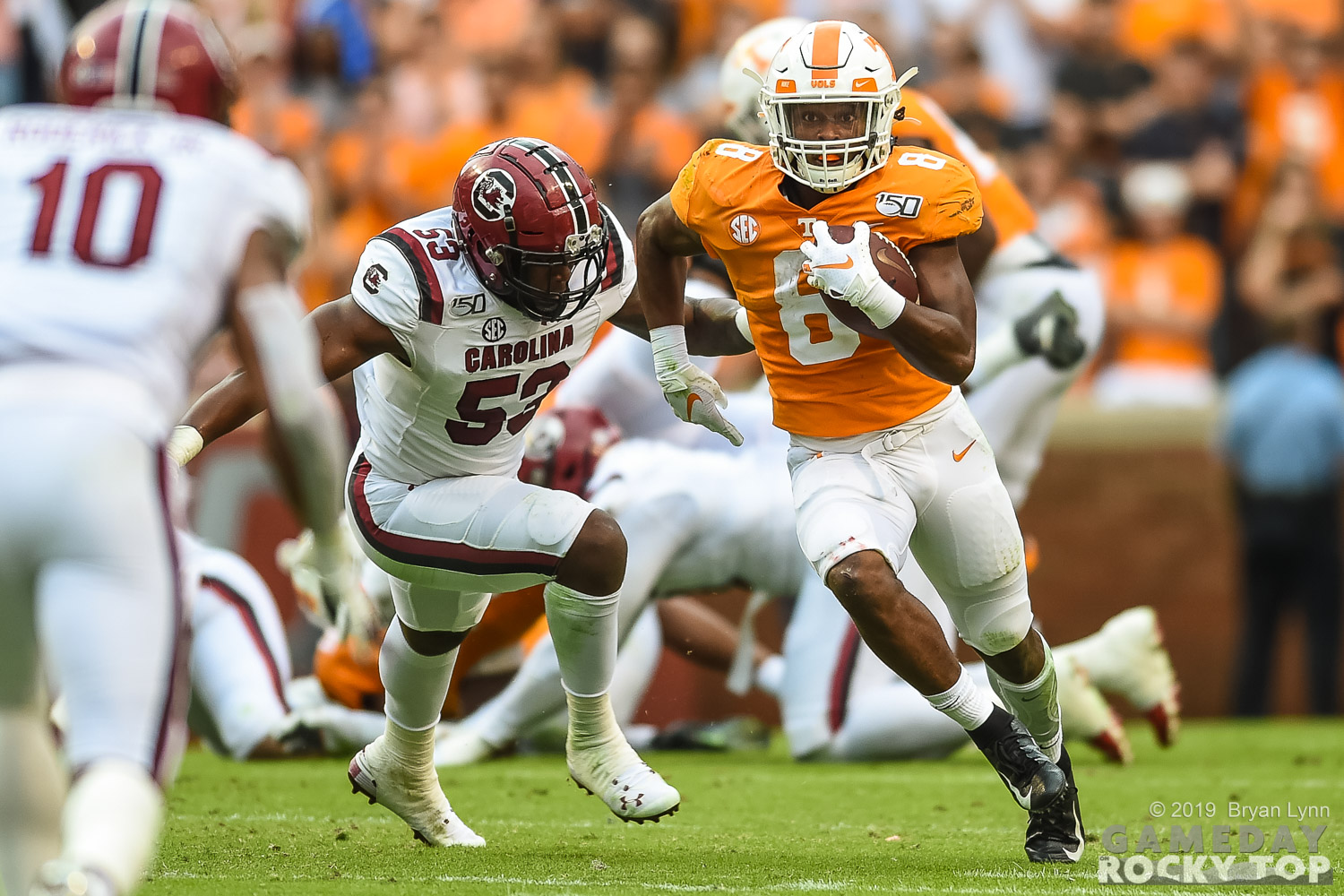
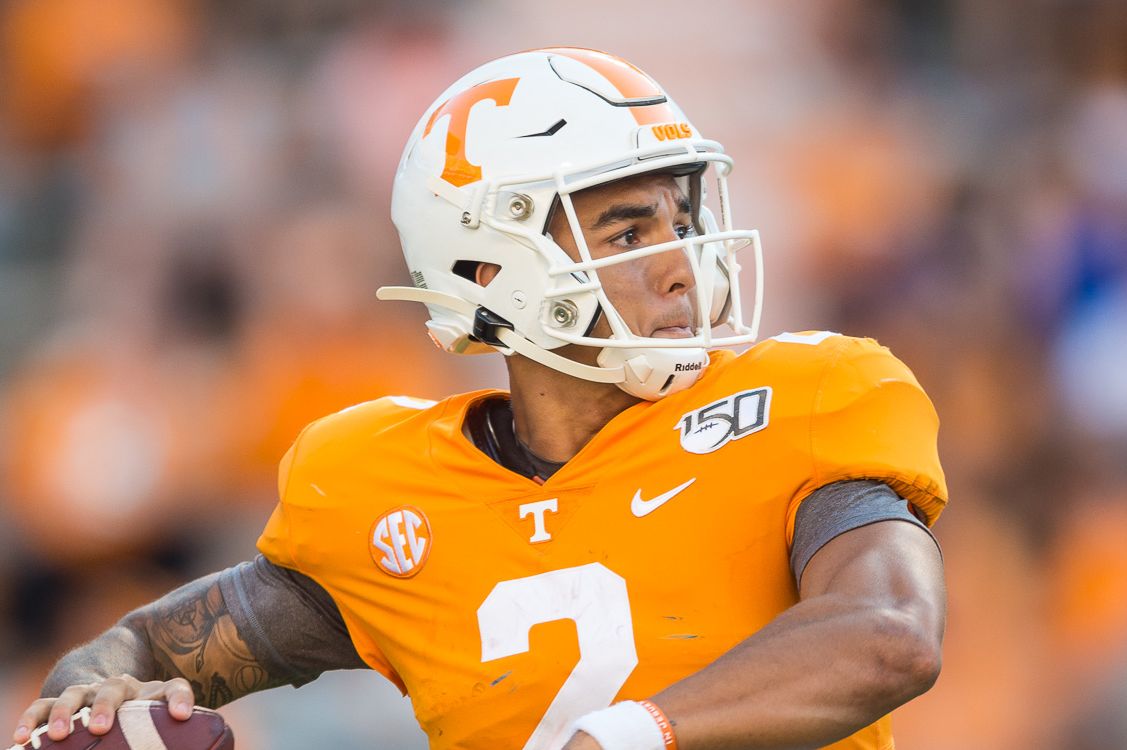
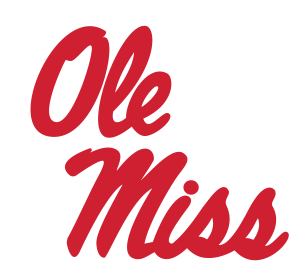
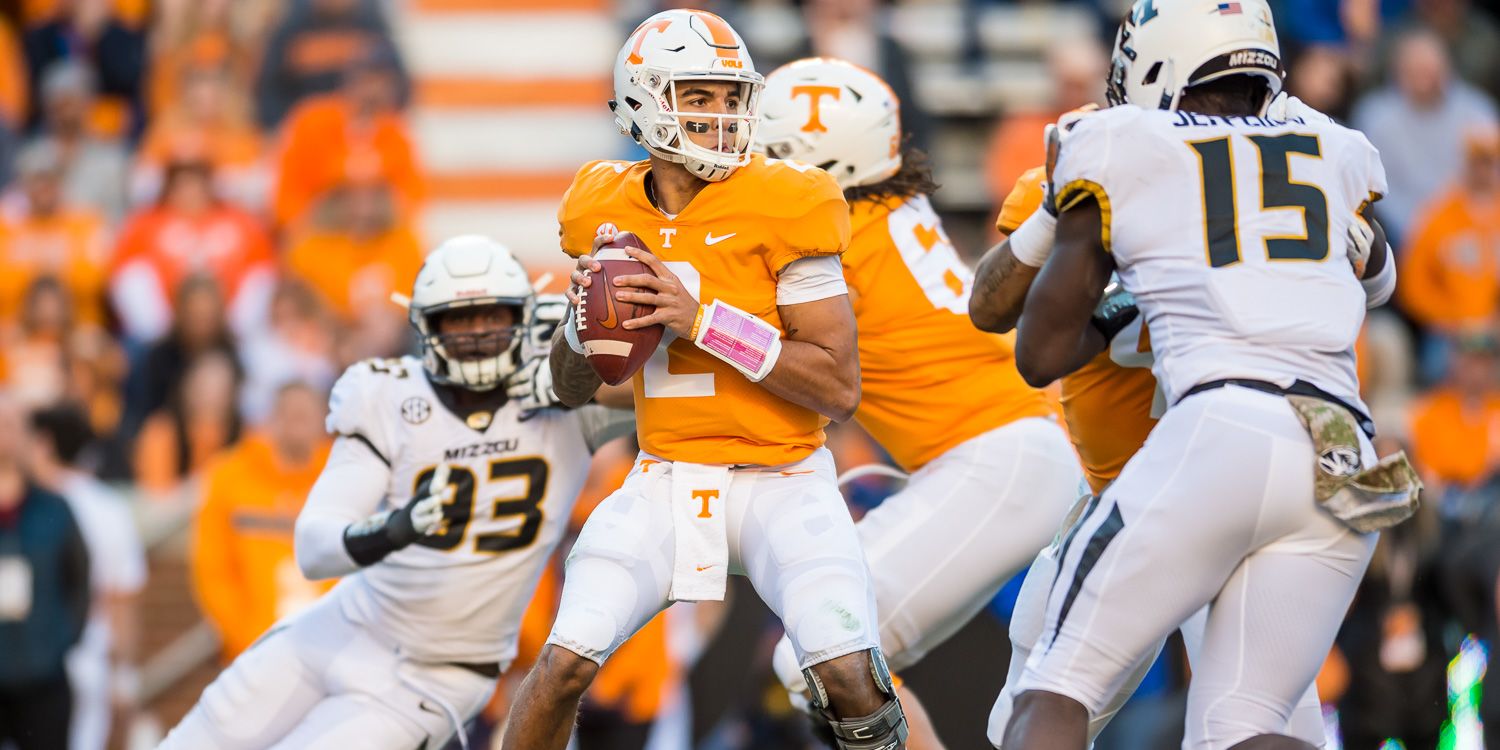
You must be logged in to post a comment.